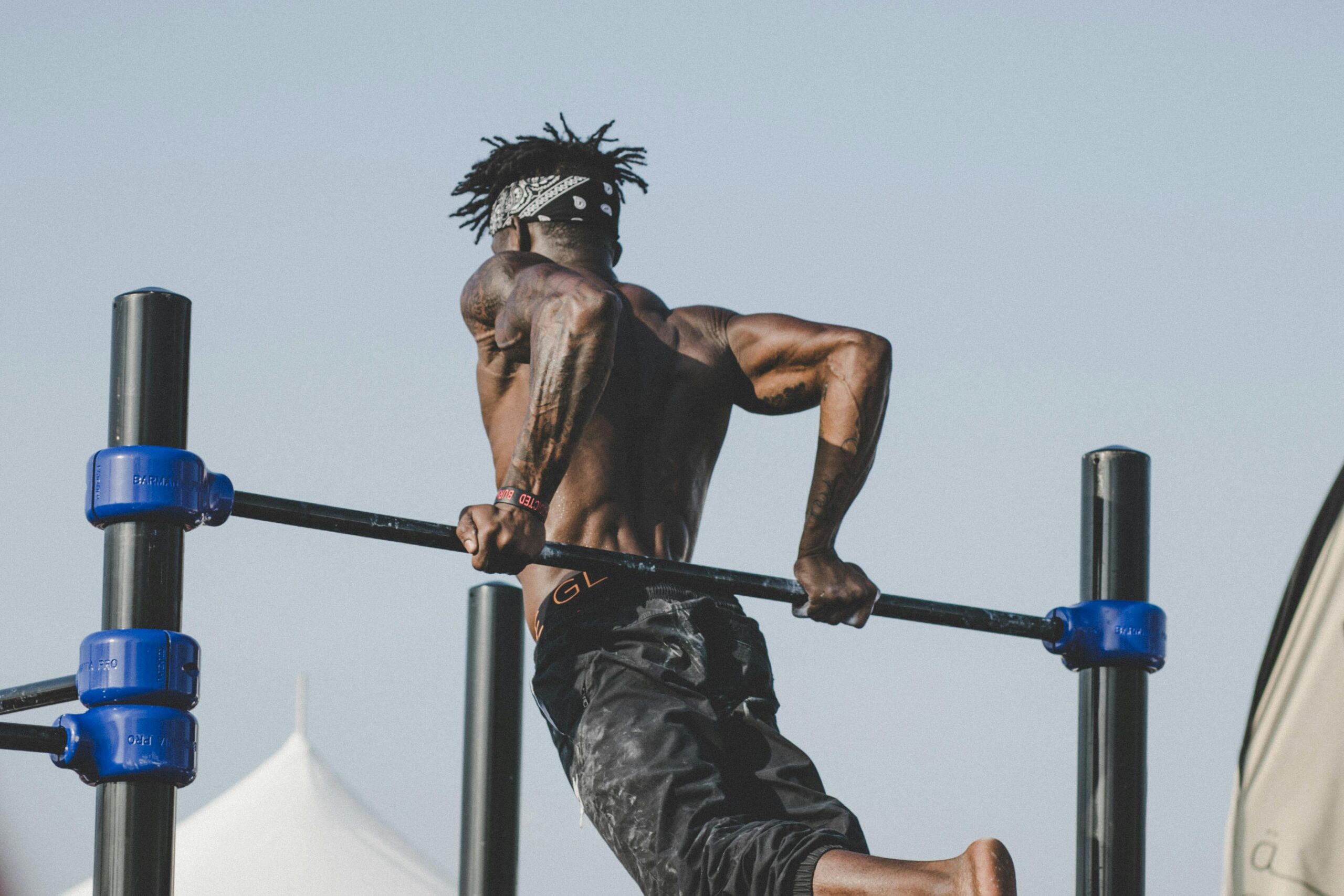

Top Safety Tips to Prevent Gym Injuries: Essential for Beginners and Pros
Injury prevention is critical for anyone who wants to maintain long-term fitness. A well-rounded fitness routine is only beneficial if it’s safe; injuries can disrupt progress, leading to setbacks or, worse, long-term health issues.
Both beginners and experienced gym-goers are susceptible to injuries, often due to improper form, rushing progression, or ignoring body cues. In this article, we’ll look at the top safety practices for preventing injuries, allowing you to stay on track and achieve fitness goals safely.
Warm-Up and Cool-Down Essentials
Warm-ups and cool-downs are foundational for reducing the risk of injury. Warming up prepares your muscles and cardiovascular system for exercise, improving flexibility and blood flow. Studies show that dynamic stretching as part of a warm-up increases joint mobility, reducing the risk of strains and sprains. For example, warm-up exercises such as light jogging or high knees increase heart rate gradually, preparing the body for more intense activity.
Suggested Warm-Up Routine:
- Dynamic Movements: Include arm circles, leg swings, and lunges to increase the range of motion.
- Light Cardio: Spend 5–10 minutes on a treadmill or stationary bike at a low intensity to increase blood flow to muscles.
Cool-Down Routine:
Cooling down with light stretching or yoga poses helps prevent soreness and stiffness by releasing lactic acid buildup in the muscles. Static stretching for major muscle groups (like hamstrings, quadriceps, and shoulders) helps relax tight areas post-workout.
Using Proper Form and Technique
Incorrect form is one of the most common causes of gym injuries, especially with exercises like squats, deadlifts, and bench presses, where proper alignment is crucial to prevent strain on joints and ligaments. Using the right form not only prevents injury but also ensures that you’re working the intended muscle groups effectively.
Tips for Learning Correct Form:
- Work with a Trainer: Beginners should consider a few sessions with a certified trainer to master form for complex exercises.
- Use Mirrors: Observing your form in the mirror can help maintain alignment and posture during movements.
- Start Light: Begin with low weights until you’re confident in your technique. This not only reinforces form but also minimizes strain on under-conditioned muscles.
Gradually Increasing Weight and Intensity
The urge to increase weights too quickly is a common issue, especially among those eager for fast results. However, increasing weight or intensity too soon can lead to overtraining, placing stress on tendons, ligaments, and muscles that aren’t prepared for the additional load.
Tips for Safe Progression:
- Progressive Overload: Increase weights or intensity by no more than 5–10% per week. For example, if you’re benching 100 pounds, try increasing to 105 pounds the following week.
- Track Your Workouts: Keep a log of sets, reps, and weights to maintain a steady, safe increase in intensity over time.
- Include Deload Weeks: Every 4–6 weeks, incorporate a “de-load” week with reduced weights to give muscles a chance to recover fully.
Choosing the Right Equipment and Footwear
Using appropriate equipment and footwear is essential for a safe workout. Wearing the wrong shoes, for example, can cause ankle instability during squats or lunges, increasing the risk of sprains. Supportive gym shoes with non-slip soles are ideal, while gear like lifting gloves can prevent hand injuries when handling heavy weights.
Essential Gym Gear:
- Footwear: Shoes should offer arch support, cushioning, and stability suitable for your exercise type (e.g., cross-training shoes for varied workouts).
- Protective Gear: For heavy lifting, consider wrist wraps, knee sleeves, or weightlifting belts, especially when lifting close to your max weight.
- Equipment Usage: Familiarize yourself with machines and free weights before attempting advanced exercises. Improper usage can lead to falls or strains.
Listening to Your Body and Taking Rest Days
Listening to your body’s signals, like fatigue or soreness, is crucial for injury prevention. Training through pain can lead to overuse injuries, which are common in repetitive activities like running or lifting. Scheduling rest days gives muscles time to repair and rebuild, preventing burnout and enhancing performance.
Signs You Need to Rest:
- Persistent Muscle Soreness: If soreness lasts more than 48 hours, it might be time to rest or engage in light activity.
- Fatigue or Weakness: Feeling weak during exercises that you’d usually manage easily is a sign of muscle fatigue or possible injury onset.
- Mental Burnout: A lack of motivation or focus can indicate the need for a mental and physical break.
Top Four Safest Gyms in Abuja
1. Pinnacle International Fitness LTD
Located on Shehu Shagari Way in Maitama, Pinnacle International Fitness LTD offers a high-quality gym experience with a strong focus on safety and cleanliness. The facility is equipped with state-of-the-art equipment, ample space, and strict hygiene protocols to ensure a safe environment. With well-trained staff and modern security measures, Pinnacle is a great choice for those who prioritize safety in their fitness routine.
Why it’s safe:
Pinnacle International Fitness LTD is known for its meticulously maintained equipment, spacious layout to avoid crowding and frequent sanitation of workout areas. Security personnel are also on hand to create a secure environment for all members.
Location: Shehu Shagari Way, Maitama, Abuja, Municipal Area Council, FCT 900271
Contact: 07060555119
2. Thara Fitness Studio Abuja
Thara Fitness Studio, located within the Nisa Wellness Retreat in Wuse 2, takes a holistic approach to fitness with an emphasis on wellness and security. With secure facilities and a clean, well-organized space, Thara Fitness Studio provides members with a peaceful environment for safe and effective workouts. The location within a wellness retreat further enhances the atmosphere of safety and health.
Why it’s safe:
Thara Fitness Studio ensures safety by maintaining high cleanliness standards and providing a secure, tranquil setting. The wellness-focused environment and friendly staff make it an ideal space for those seeking a safe, well-monitored gym experience.
Location: Nisa Wellness Retreat, British Village, 14 Ejigbo CL., Wuse 2, Abuja 900101
Contact: 08068930446
3. Palms Fitness Place
Situated in the AMSSCO Platinum City in Galadimawa, Palms Fitness Place is known for its friendly environment and top-notch safety measures. With secure entry systems, spacious workout areas, and regularly sanitized equipment, Palms Fitness Place prioritizes member safety at every turn. The facility is ideal for members looking for a trusted and well-maintained gym in the Abuja area.
Why it’s safe:
Palms Fitness Place has a well-organized entry and exit system, ensuring a secure space. Frequent cleaning routines and an attentive staff help keep the environment both safe and welcoming for all fitness levels.
Location: AMSSCO Platinum City, Galadimawa, Abuja 900107
Contact: 08159894002
4. BIOFITNESS GYM
BIOFITNESS GYM has established itself as a safe and clean gym facility, making it a popular choice in Abuja. The gym provides high-quality equipment, adequate spacing for social distancing, and routine sanitization to ensure a clean and safe workout environment. Known for its professional staff and well-maintained facilities, BIOFITNESS GYM is a top choice for those who value both fitness and safety.
Why it’s safe:
BIOFITNESS GYM emphasizes hygiene and safety with routine equipment maintenance, regular cleaning schedules, and a staff trained in health and safety protocols. It’s ideal for individuals looking for a secure gym with a high standard of care.
Frequently Asked Questions
- How should I handle sore muscles?
- Sore muscles after a workout are common, but if soreness persists or is extreme, consider using light stretching, foam rolling, or taking an extra rest day.
- What’s the best way to handle gym equipment safely?
- Always check equipment before use, especially if it has adjustable parts. Ensure weights are secured, machines are set to your height, and any attachments are firmly locked.
- Should I use a support belt for lifting?
- Weight belts provide lower back support during heavy lifts but aren’t necessary for everyone. Use a belt if lifting near your max weight; otherwise, focus on core strengthening.
Conclusion
Injury prevention is fundamental to building a successful, sustainable fitness routine. By warming up, using proper form, gradually increasing intensity, and listening to your body, you can protect yourself from common gym injuries and enjoy long-term progress. Staying safe in the gym isn’t just about preventing setbacks—it’s about building a foundation that allows you to train confidently and reach your goals faster.
